جلد سخت سیاه و سفید
Product details
- Publisher : Springer; 1st ed. 2022 edition (January 12, 2022)
- Language : English
- Hardcover : 131 pages
- ISBN-10 : 9811687420
- ISBN-13 : 978-9811687426
کتاب Poverty, Food Consumption, and Economic Development
This book investigates the relationships between economies of scale in food consumption and a number of socio-economic and demographic characteristics of households and household behavioural choices since food is the major share of household expenditure for poor households. The characteristics considered comprise household size, location, income, and gender of the head of household while the behavioural choices considered comprise the decision to consume home-grown food and the decision to adopt domestic technology to aid food preparation and consumption.
The book proposes two theoretical models to rationalize the role of the consumption of home-grown food and the adoption of domestic technology in enhancing economies of scale in food consumption. Econometric models are also used to empirically test the validity of the two theoretical models while adjusted poverty estimations are derived numerically using the estimated equivalence scales. Although data used in applying these techniques are based on four Household Income and Expenditure Surveys conducted by the Department of Census and Statistics (DCS) in Sri Lanka, the methodology can be used for similar analysis in relation to any other country.
منابع کتاب کتاب Poverty, Food Consumption, and Economic Development
این کتاب به بررسی روابط بین صرفهجویی در مقیاس در مصرف غذا و تعدادی از ویژگیهای اجتماعی-اقتصادی و جمعیت شناختی خانوارها و انتخابهای رفتاری خانوار میپردازد، زیرا غذا سهم عمدهای از هزینههای خانوار برای خانوادههای فقیر را تشکیل میدهد. ویژگی های در نظر گرفته شده شامل اندازه خانوار، مکان، درآمد و جنسیت سرپرست خانوار است در حالی که انتخاب های رفتاری در نظر گرفته شده شامل تصمیم برای مصرف غذای خانگی و تصمیم به اتخاذ فناوری داخلی برای کمک به تهیه و مصرف غذا می باشد.
این کتاب دو مدل نظری را برای منطقی کردن نقش مصرف غذای خانگی و پذیرش فناوری داخلی در افزایش صرفهجویی در مقیاس در مصرف مواد غذایی پیشنهاد میکند. مدلهای اقتصادسنجی نیز برای آزمایش تجربی اعتبار دو مدل نظری استفاده میشوند در حالی که تخمینهای فقر تعدیلشده بهصورت عددی با استفاده از مقیاسهای هم ارزی برآورد شده به دست میآیند. اگرچه داده های مورد استفاده در به کارگیری این تکنیک ها بر اساس چهار نظرسنجی درآمد و هزینه خانوار انجام شده توسط دپارتمان سرشماری و آمار (DCS) در سریلانکا است، این روش می تواند برای تجزیه و تحلیل مشابه در رابطه با هر کشور دیگری استفاده شود.


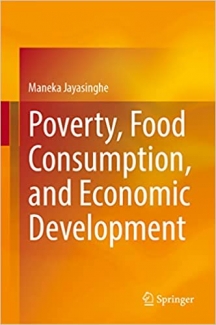

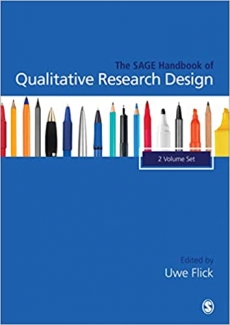
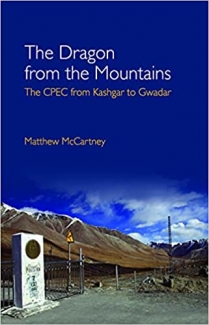

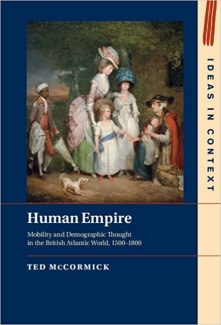


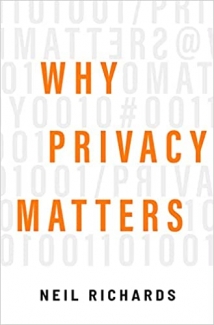



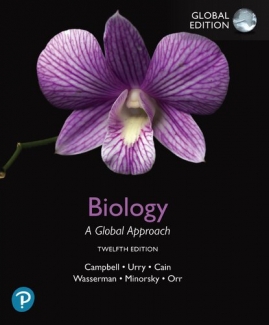


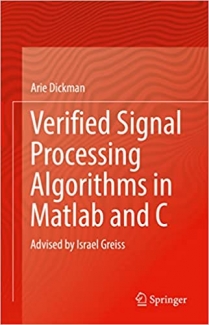
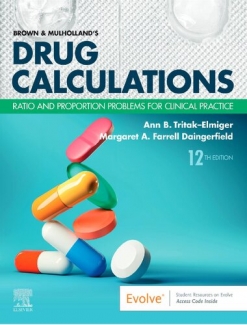

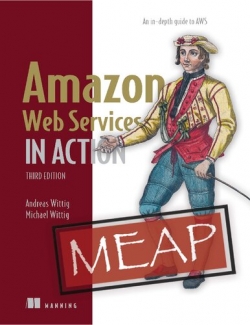











ارسال نظر درباره کتاب Poverty, Food Consumption, and Economic Development